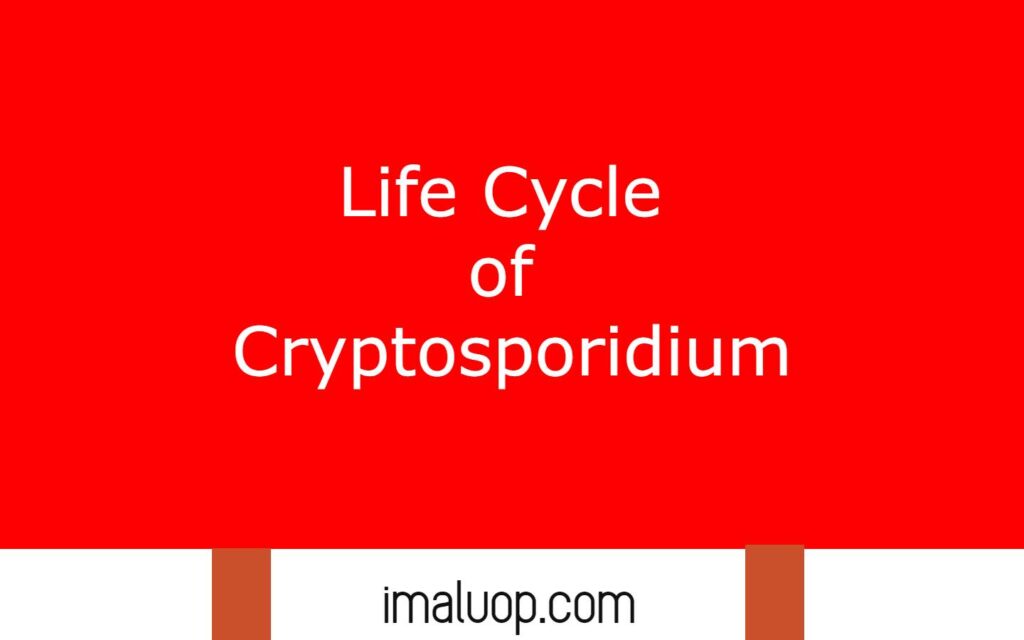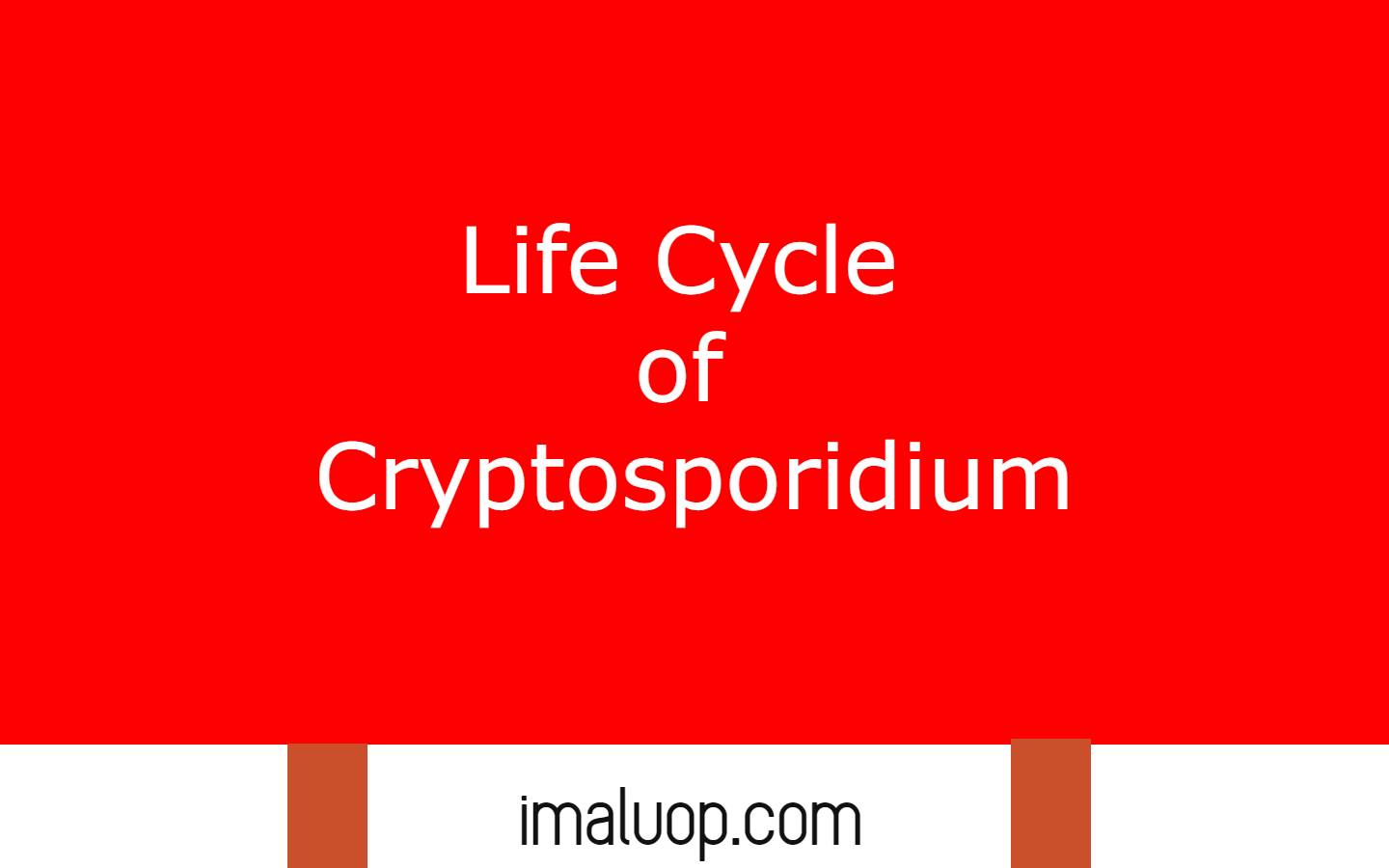Now we are going to discuss the life cycle of cryptosporidium and we will focus on each stage of their life cycle but before we discuss more will give some basic information about the cryptosporidium.
Table of Contents
Basic Idea About Cryptosporidium:
It is a parasitic animal responsible for causing diseases in the digestive system and in the respiratory system. Sometimes we suffer from cryptosporidiosis in which suddenly watery diarrhoea is observed which is responsible for the activities of cryptosporidium parasites.
In humans cryptosporidium parasites are responsible for causing respiratory problems like frequent coughing so cryptosporidium are responsible for causing cryptosporidiosis and respiratory problems in humans.
In mammals different species of cryptosporidium live as parasites and are responsible for creating different diseases in them all over the world and they spread through water. Cryptosporidium complete their life cycle in the intestinal mucosa and respiratory mucosa in different mammals and cause intestinal and respiratory disease.
Life Cycle of Cryptosporidium:
Egg Stage:
Like other mammals humans are also a host of cryptosporidium parasites and the eggs of cryptosporidium parasites enter into the human body either through contaminated drinking water or contaminated food.
The eggs of cryptosporidium present in large numbers in the fecal matter of infected animals and when the faecal matter comes into contact with the water then the water becomes contaminated and ingestion of that contaminated water causes entry of cryptosporidium eggs in human beings.
Ingestion Stage:
As we know that the infection in humans can occur in different ways, due to drinking of contaminated water, the food contaminated due to contact of infected animals and after entering in human body the parasites start excystation proces.
The Excystation Stage:
In this stage the parasites show excystation and a large number of sporozoites are released and the sporozoites start to infect the different epithelial cells. They infect all types of epithelial cells like the cells in skin, the lining of urinary tract but they mainly infect more in the epithelial lining of gastrointestinal tract and respiratory tract.
In epithelial cells the sporozoites multiply them in different ways, by the method of schizogony in which they multiply themselves through the process of multiple fission, by the method of merogony in which the organism replicate its nucleus, another way of reproduction in cryptosporidium is known as gametogony in which male and female gamete are produced and fuse.
In gametogony the male gamete or microgamonts and the female gametes or macrogamonts fuse together to form oocyst which is sporulate inside the human body.
In human, cryptosporidium produce two types of oocyst during the process of gametogony, one is thick walled oocyst and another one is thin walled oocyst, the thick walled oocyst pass through the faecal matter and search for their next host.
But the thin walled oocyst is capable of infecting again in the human body, the cyst breaks and causes autoinfection in the human body.
The Host Stage:
When the thick walled oocyst passes through human feces then the oocyst becomes infective and once they reach a new host they can start their life cycle again in humans.
Sometimes the term crypto is used for the disease, cryptosporidiosis caused by the parasite cryptosporidium and in this disease common symptoms are diarrhoea and vomiting and the symptoms can last one or two weeks in infected humans.

This disease not only spreads through the contaminated water and food, if a healthy person comes in direct contact with the animal infected by cryptosporidium then also it can transmit this parasite to the healthy person.
In humans cryptosporidium generally does not cause any fatal conditions but in case of weak immunity it may be life threatening. We can prevent cryptosporidiosis if we do not eat contaminated water and food and we should maintain proper hygiene.
Read More: Life Cycle of Ascaris
Hi Everyone!!! Welcome to Imaluop. Imaluop always try to learn some new and he want to share to other people. Here we will try to learn various topics on Science, specially on Biological Sciences.
